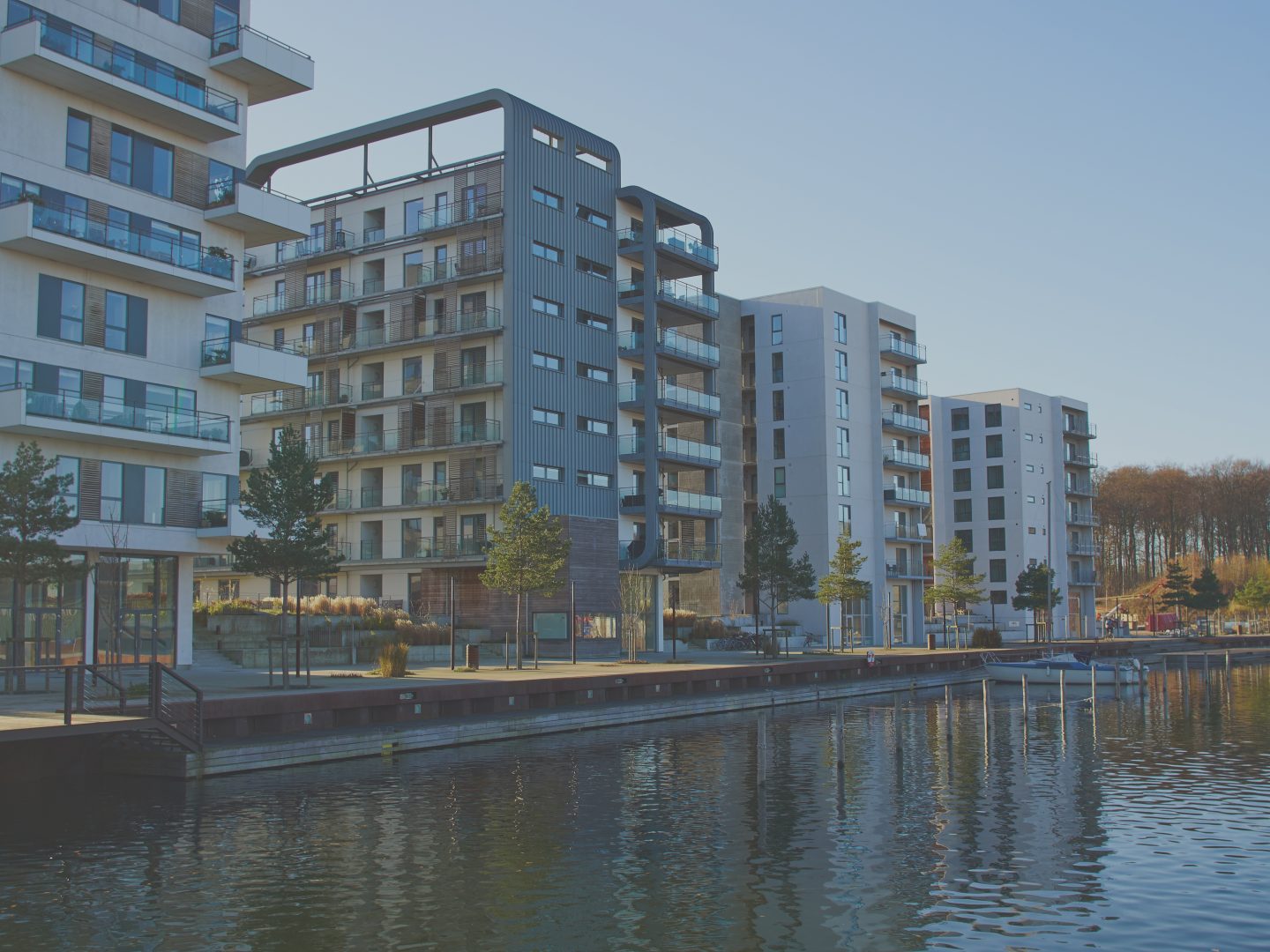IRAS stamp duty, a significant tax impacting property transactions in [Country/Region], is a crucial factor for both buyers and investors. Understanding its rates, thresholds, and exemptions is essential for navigating the complexities of the property market. This guide delves into the intricacies of IRAS stamp duty, providing a comprehensive overview to help individuals make informed decisions.
From analyzing the impact on property prices across various market segments to exploring potential future changes and comparing it with international systems, this resource aims to demystify IRAS stamp duty and its implications. We’ll examine how it affects affordability for different income brackets and how it influences investment strategies, offering practical examples and calculations to illustrate its impact.
IRAS Stamp Duty Rates and Thresholds
Understanding IRAS stamp duty rates and thresholds is crucial for anyone involved in property transactions in Singapore. This section details the current rates, thresholds for exemptions and rebates, and the calculation methods, including surcharges and concessions.
Residential Property Stamp Duty Rates
Stamp duty rates for residential properties vary based on the property value and the buyer’s citizenship status. The following table provides a simplified overview. Note that these rates are subject to change and should be verified with the IRAS website for the most up-to-date information.
| Property Value (SGD) | Singapore Citizen | Permanent Resident | Foreigner |
|---|---|---|---|
| 0 – 180,000 | 1% | 3% | 5% |
| 180,001 – 360,000 | 2% | 4% | 6% |
| 360,001 – 1,000,000 | 3% | 5% | 7% |
| Above 1,000,000 | 4% | 6% | 8% |
Commercial Property Stamp Duty Rates
Stamp duty rates for commercial properties are generally higher than those for residential properties and are also based on the property value. Specific rates vary depending on factors such as property type and location. It’s crucial to consult the IRAS guidelines for precise details.
Stamp Duty Calculation
The IRAS stamp duty is calculated based on the property’s market value. This value is typically determined by a qualified valuer. The applicable rate is then applied to the property value to determine the total stamp duty payable. Additional surcharges may apply in certain circumstances, such as for multiple property purchases.
Exemptions and Rebates

Source: taxinstitute.ie
Certain individuals and entities may be eligible for stamp duty exemptions or rebates. These typically involve specific conditions and requirements, such as first-time homebuyers or purchases under government schemes.
- First-Time Home Buyer Scheme: Offers concessions for first-time homebuyers purchasing Housing Development Board (HDB) flats or private residential properties.
- Property Tax Rebates: May be available for certain properties under specific circumstances.
Impact of IRAS Stamp Duty on Property Transactions
IRAS stamp duty significantly influences property transactions in Singapore. This section examines its effects on property prices, affordability, and its comparison with other property-related taxes.
Effect on Property Prices
Higher stamp duty rates can indirectly increase property prices, as buyers may try to offset the additional cost by paying slightly more for the property. This effect is particularly noticeable in the lower-priced market segments where the stamp duty burden represents a larger proportion of the total cost.
Understanding IRAS stamp duty implications is crucial for property transactions in Singapore. The complexities involved often lead to seeking professional advice, especially when considering significant purchases, like furnishing a new home with items such as those found at lowes washable rugs , which might add to overall costs. Therefore, a thorough assessment of all associated expenses, including stamp duty, is essential before committing to any property deal.
Comparison with Other Property Taxes
IRAS stamp duty is distinct from other property-related taxes like property tax (payable annually based on property value) and Goods and Services Tax (GST) which applies to certain property-related services. The combined effect of these taxes needs to be considered when evaluating the overall cost of property ownership.
Affordability Impact
For lower-income brackets, the stamp duty burden can significantly impact property affordability. A hypothetical scenario: A family with a combined annual income of SGD 60,000 purchasing a SGD 500,000 property will face a substantial stamp duty obligation, reducing their disposable income and potentially hindering their ability to secure a mortgage.
Exemptions and Reliefs from IRAS Stamp Duty
Several exemptions and reliefs are available to mitigate the impact of stamp duty. Understanding eligibility criteria is essential for claiming these benefits.
Eligible Individuals and Entities
Exemptions are typically granted to specific groups, such as first-time homebuyers under government schemes, or entities involved in certain types of property transactions. The specific conditions and requirements for each exemption vary and must be carefully reviewed.
Conditions for Claiming Relief
Claiming stamp duty relief often involves meeting stringent criteria. This includes providing necessary documentation and adhering to specific timelines Artikeld by IRAS. Failure to comply can result in penalties.
Types of Stamp Duty Relief
- First-Time Home Buyer Relief: Reduces the stamp duty payable for first-time homebuyers purchasing HDB flats or private properties, subject to certain conditions.
- Additional Buyer’s Stamp Duty (ABSD) Relief: Certain exemptions or concessions may apply to ABSD in specific cases, such as for property inherited or acquired through divorce settlements.
- Relief for Certain Property Types: Specific relief may apply to certain types of properties, such as those used for charitable purposes.
IRAS Stamp Duty and Property Investment Strategies
IRAS stamp duty is a crucial factor influencing property investment decisions. This section explores its impact on different investment strategies and presents a hypothetical case study.
Influence on Investment Decisions
The level of stamp duty payable significantly affects the overall return on investment. Investors must carefully factor this cost into their financial projections before making any investment decisions.
Impact on Investment Strategies
Buy-to-let investors face higher stamp duty burdens compared to owner-occupiers. Similarly, property developers must account for stamp duty implications when calculating the overall cost of their projects.
Hypothetical Case Study
Consider two investors: Investor A buys a property for SGD 1 million and plans to rent it out, while Investor B buys a similar property for the same price and intends to live in it. Investor A will face higher stamp duty due to ABSD and other potential surcharges. This affects their overall profitability compared to Investor B.
Future Trends and Potential Changes to IRAS Stamp Duty
The IRAS stamp duty system is subject to periodic review and potential adjustments based on market conditions and government policies. This section discusses potential future changes and their anticipated impacts.
Potential Future Changes
Possible changes include adjustments to rates, thresholds, or the introduction of new exemptions or reliefs. These changes are often influenced by the need to manage property market dynamics and ensure affordability.
Impact on Property Market

Source: org.uk
Changes to stamp duty can significantly influence property prices and transaction volumes. For instance, a reduction in rates could stimulate the market, while an increase could have a cooling effect.
Influencing Factors
Factors influencing future adjustments include inflation, economic growth, housing supply, and the government’s overall housing policy objectives. Government policy decisions related to cooling measures or market stimulation directly affect stamp duty rates and thresholds.
Comparison with Stamp Duty in Other Jurisdictions
Comparing Singapore’s IRAS stamp duty system with those in other countries provides valuable insights into international best practices and potential areas for improvement.
International Comparison
Stamp duty systems vary significantly across jurisdictions. Some countries have higher rates, while others offer more generous exemptions. Understanding these differences is crucial for international property investors.
| Country | Residential Rate (Example) | Commercial Rate (Example) | Key Exemptions (Example) |
|---|---|---|---|
| Australia (NSW) | Variable, based on property value | Variable, based on property value | First-home buyers |
| United Kingdom | Variable, based on property value and buyer type | Variable, based on property value and buyer type | Some relief for first-time buyers |
| Canada (Ontario) | Variable, based on property value | Variable, based on property value | Limited exemptions |
| United States (varies by state) | Varies significantly by state | Varies significantly by state | Varies significantly by state |
Implications for International Investors
International investors need to carefully consider the stamp duty implications in each jurisdiction before making investment decisions. Significant differences in rates and exemptions can substantially impact the overall cost and profitability of an investment.
Illustrative Examples of IRAS Stamp Duty Calculations
Here are three examples demonstrating IRAS stamp duty calculations for different property values and types. These examples are simplified for illustrative purposes and do not encompass all possible scenarios or surcharges.
Example 1: Residential Property (Singapore Citizen), Iras stamp duty
Property Value: SGD 600,000; Buyer: Singapore Citizen. Based on the simplified table above, the stamp duty would be 3% of SGD 600,000, resulting in a stamp duty of SGD 18,000.
Example 2: Commercial Property
Property Value: SGD 2,000,000; Buyer: Company. Commercial property rates are significantly higher and depend on various factors. A simplified example could be a rate of 5%, resulting in a stamp duty of SGD 100,000. This is a simplified illustration; the actual rate may differ based on the property’s specifics and location.
Example 3: Residential Property (Foreigner)
Property Value: SGD 1,500,000; Buyer: Foreigner. Based on the simplified table above, the stamp duty would be 8% of SGD 1,500,000, resulting in a stamp duty of SGD 120,000. This is a simplified illustration; additional buyer’s stamp duty (ABSD) might also apply depending on the buyer’s circumstances.
Final Wrap-Up
Navigating the complexities of IRAS stamp duty requires a thorough understanding of its various aspects. This guide has provided a framework for comprehending its impact on property transactions, investment strategies, and affordability. By considering the rates, thresholds, exemptions, and potential future changes, individuals and investors can make informed decisions, mitigating potential financial burdens and optimizing their property investments. Staying informed about potential reforms and comparing the system with international counterparts remains crucial for long-term success in the property market.
